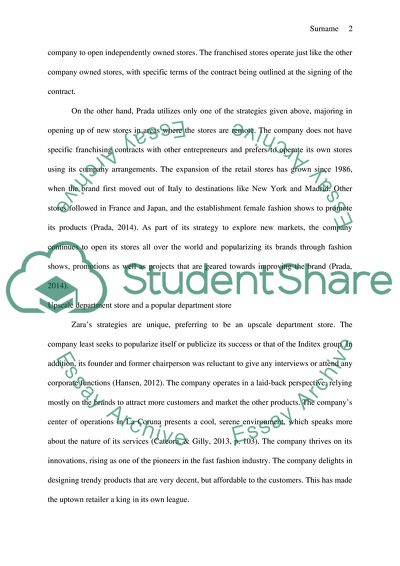Cite this document
(“Fashion marketing Prada and Zara Essay Example | Topics and Well Written Essays - 2000 words”, n.d.)
Fashion marketing Prada and Zara Essay Example | Topics and Well Written Essays - 2000 words. Retrieved from https://studentshare.org/marketing/1633195-fashion-marketing-prada-and-zara
Fashion marketing Prada and Zara Essay Example | Topics and Well Written Essays - 2000 words. Retrieved from https://studentshare.org/marketing/1633195-fashion-marketing-prada-and-zara
(Fashion Marketing Prada and Zara Essay Example | Topics and Well Written Essays - 2000 Words)
Fashion Marketing Prada and Zara Essay Example | Topics and Well Written Essays - 2000 Words. https://studentshare.org/marketing/1633195-fashion-marketing-prada-and-zara.
Fashion Marketing Prada and Zara Essay Example | Topics and Well Written Essays - 2000 Words. https://studentshare.org/marketing/1633195-fashion-marketing-prada-and-zara.
“Fashion Marketing Prada and Zara Essay Example | Topics and Well Written Essays - 2000 Words”, n.d. https://studentshare.org/marketing/1633195-fashion-marketing-prada-and-zara.


